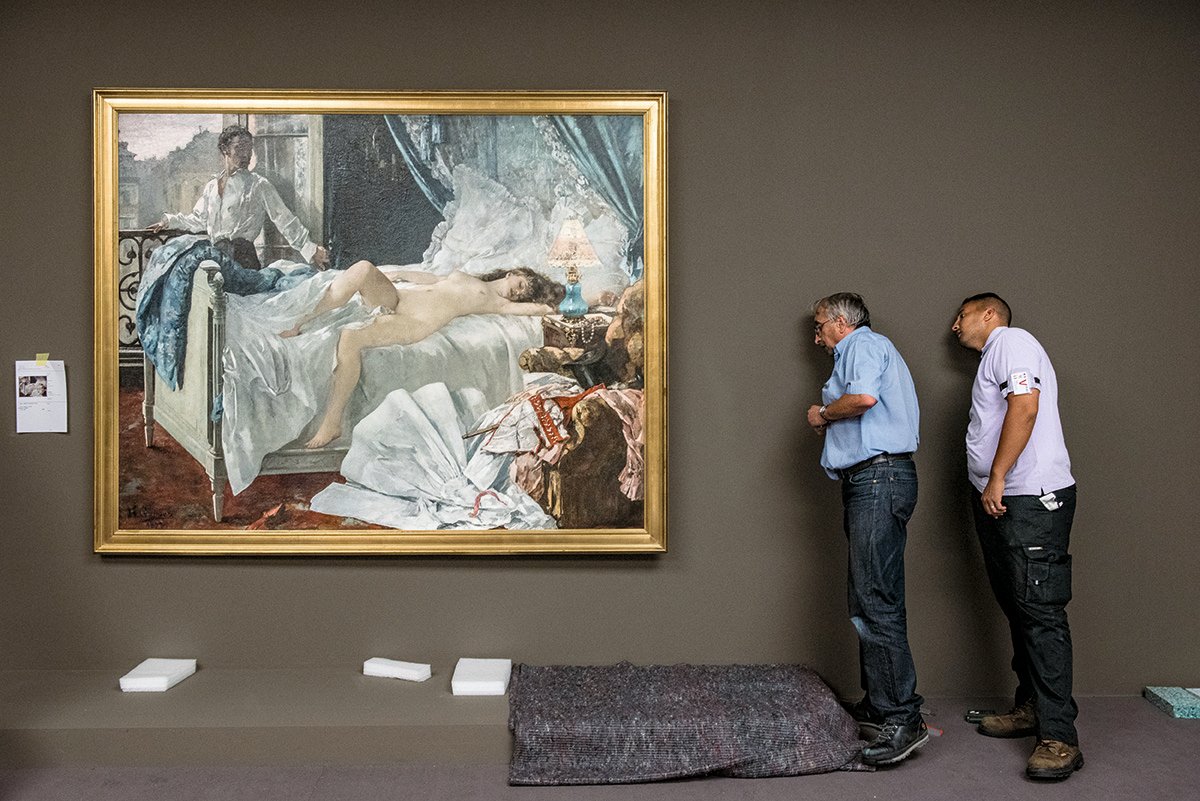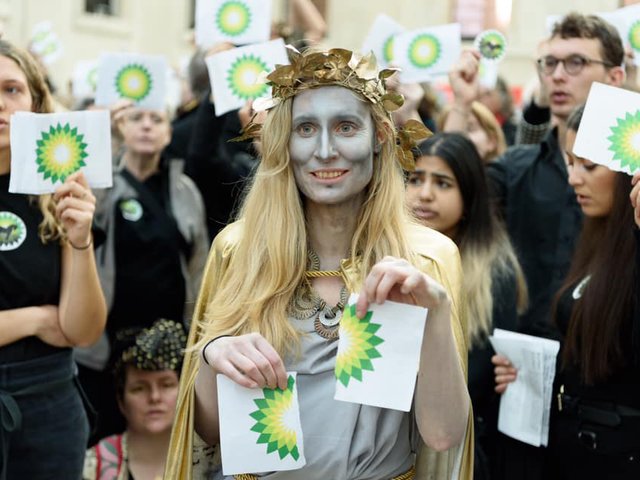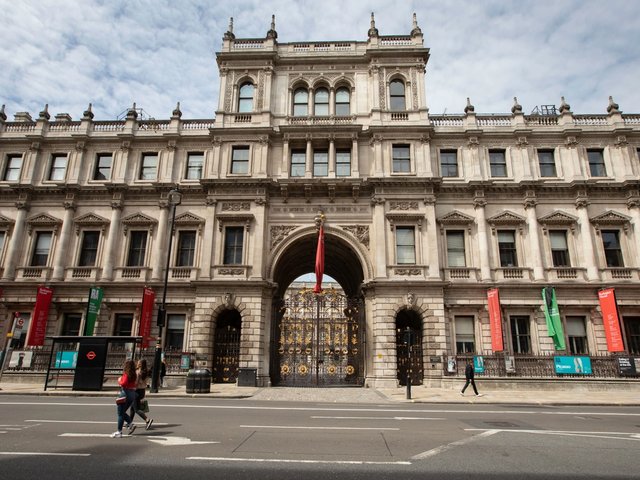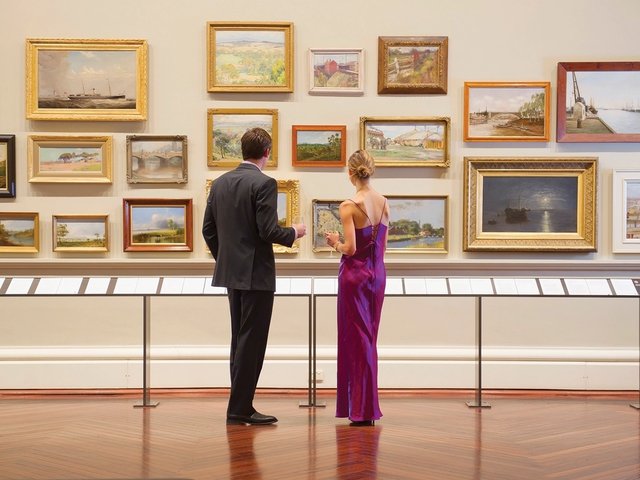In a tradition dating back to the Heian period (794-1185), people across Japan usher in the New Year and its deity, Toshigami, by first doing a deep clean of their quarters. Oo-souji (大掃除, literally "big cleaning") sees office workers, home owners, restaurateurs and temple goers wipe down vent covers, empty ponds, clean out corners and wash windows til they gleam.
The Ota Memorial Museum of Art has an excellent 19th-century ukiyo-e print by Utagawa Yoshitsuya, one of Utagawa Kuniyoshi's students, depicting beasts doing just that in a brush shop. Dressed like workers—zōri flipflops on their feet, tenugui cloths wrapped round their heads—racoons pile up tatami mats outside and whack them with big sticks. A sheep with a goatee picks up litter with a pair of outsized bamboo tongs. Tigers, cats, dogs and mice dust everything. "This is how animals do it," wrote the chief curator Kenji Hinohara of the scene, as January 2021 loomed. "Let's follow their example."
Curators, of course, spend much of their working lives moving very slowly around precious things. In November I watched a whole fleet of forklifts delicately distribute Jeff Walls in gigantic crates around the readied rooms of White Cube Bermondsey.
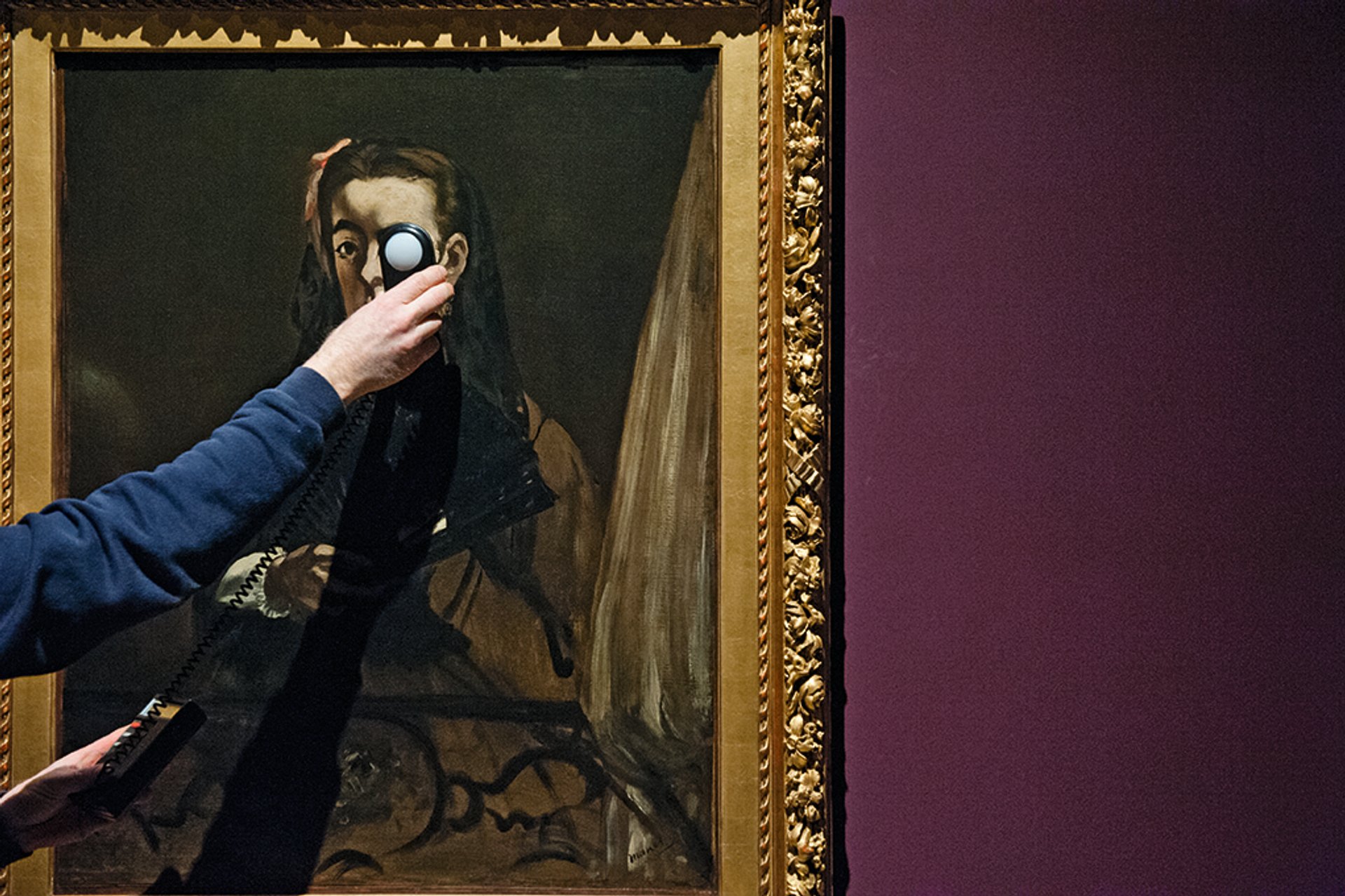
© Nicolas Krief
The photographer Nicolas Krief has spent 13 years documenting these processes in the world's biggest institutions. In his recent book, Musée, you see the Mona Lisa alone in an empty room, attended by an impressive security detail, and Paul Richer's La Poursuite ou La Course under cellophane wrap. Nine sturdy men in jeans and sleeveless puffers hold up what must be an awfully heavy Bouguereau (Dante et Virgile, from 1850) in preparation for the Musée d'Orsay's 2013 exhibition, The Angel of the Odd: Dark Romanticism from Goya to Max Ernst. Their strained stances (the painting stands nearly 3m tall in a hefty gold frame) echo the dramatic lutte de muscles (muscular battle) they're trying not to drop.
Krief's images are candid and funny and really poignant. In them, works of art are both magical and prosaic: they're very much things, and museums are those things' homes. Much like ours, they need deep cleans, too.
Back in 2019, when New York's Museum of Modern Art (MoMA) was preparing to shut its doors for four months of renovation work, fans were treated to a YouTube series titled At the Museum. "One, two, three," and installers lift masterpieces down from the wall: Les Demoiselles d'Avignon; a panel of the MoMA Water Lillies; The Moon by Tarsila do Amaral, which the museum had acquired just days before it shut.
A conservator shines a blue light at a gentle angle across the surface of a painting she knows down to the millimetre. She's checking for unstable cracks but she also knows exactly which bits need more dusting. Another takes what must be the world's weakest Hoover to David Hammon's Untitled (Night Train), a plinthless arch of glass empties embedded in a circle of coals, because dust bunnies disguise themselves as lumps of coal, too.
When the outdoor sculptures are removed by crane, an anxious conservator quizzes a balding foreman about cleaning Tony Smith’s 5m tall Moondog from 1964. "And Jennifer said you'd offered to hose these down?" she says, pawing at her chin. "It's just the pollen. We washed it four days ago, but it's just so much."
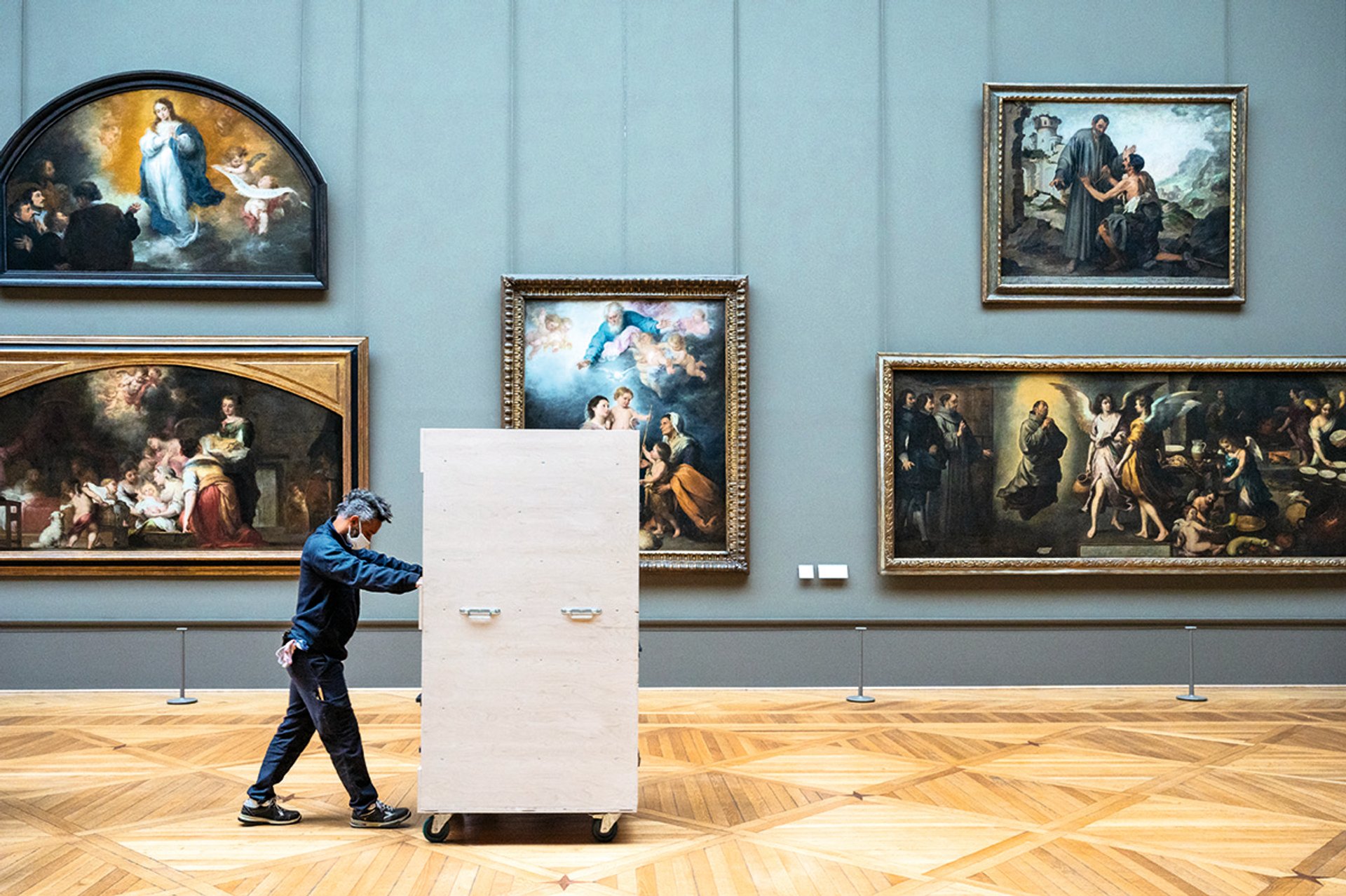
© Nicolas Krief
One of the most worrying aspects of the UK arts funding crisis is the impact this has on the future of museum going. In March 2024, the then director of Spike Island, Robert Leckie, was overseeing preparations for the Donald Rodney: Visceral Canker show (which has since travelled to Nottingham Contemporary and opens at Whitechapel Gallery on 12 February). This is a major survey show of a seminal British artist whose vital work is held in collections across the UK. And yet to just enquire about the possibility of securing certain works from one regional collection, Leckie was told that he'd first have to hire an independent registrar to assess them. The institution in question no longer has one on staff, he was told. It can't afford to.
"This is the result of councils going bankrupt across the country," Leckie told me. "Obviously, work is donated to or bought by these collections, because there is a sense that that will therefore secure it for many years to come. But that is evidently not the case."
All that attention paid to the surface and cracks of a thing, all that meticulous purging of particulates from painted aluminium, all that careful, careful moving—it takes time and manpower. And that costs money. It is the kind of unseen investment that keeps works of art not just intact but alive. Without it, these objects set aside for us to treasure forever will inevitably be lost to time. And that is a damn shame.


